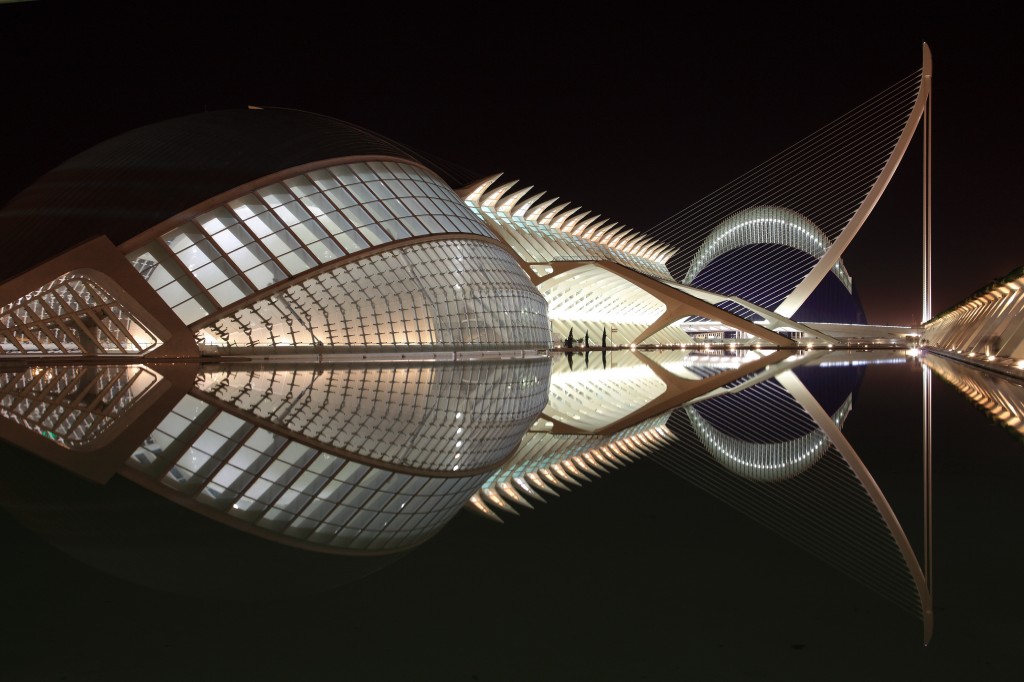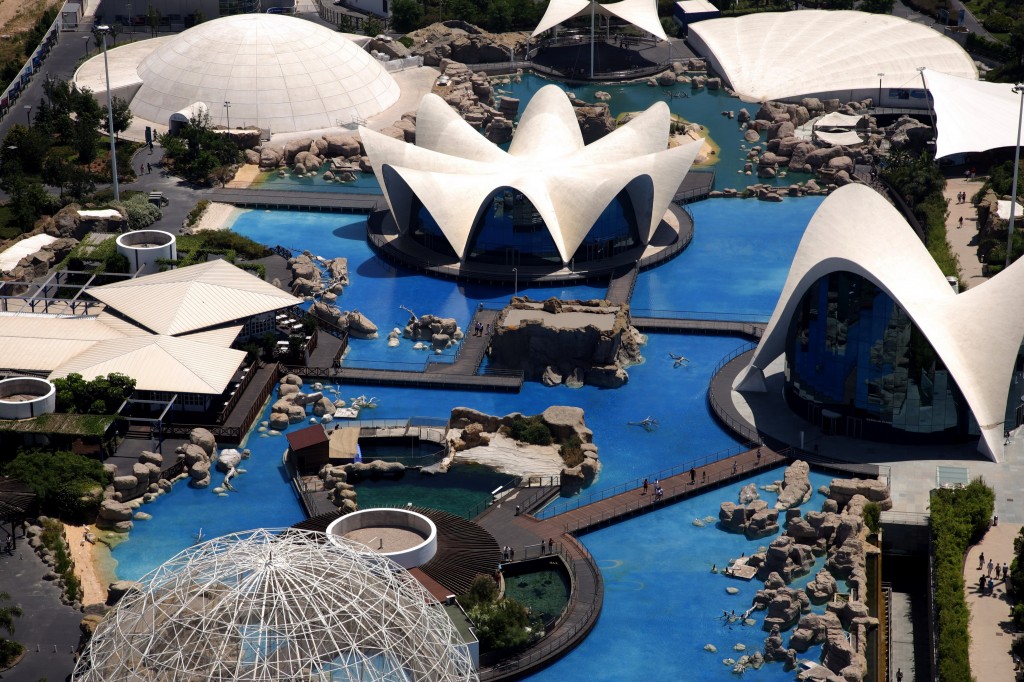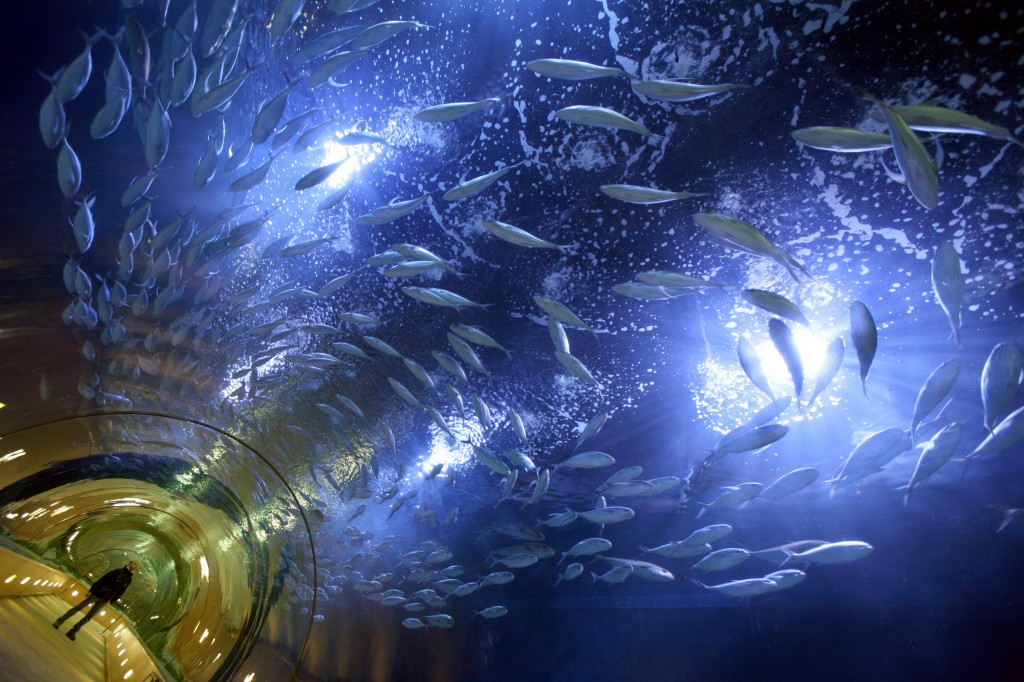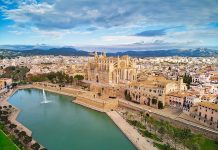The City of Arts and Sciences, Valencia, built in the dried up river bed of the Turia, is arguably the most important modern tourist destination in Valencia. The iconic complex is dedicated to science and culture with five main elements, including the Science Museum – an innovative centre of interactive science; the Oceanografic Valencia – Europe’s largest aquarium with over 500 marine species; and Hemisféric – an IMAX cinema and digital projections that have particular appeal for children.
The City of Arts and Sciences is a quarter of Valencia that any contemporary architecture enthusiast will be in a rush to get to but it is a jaw-dropping sight for all visitors. Spanish architect Santiago Calatrava is famous across the globe for his creations and in this unique complex he encapsulates Valencia’s ability to inspire.

The Palau de les Arts Reina Sofía means it is right to say Valencia, city of arts. The Palau is a world landmark for the most prestigious circuits of theatre, opera, and musicals.
They say that beauty is in the eye of the beholder, and in the City of Arts and Sciences Valencia the ‘Eye’ is perhaps the most captivating of all the buildings. This is the Hemisferic, the first of the buildings to complete and open in 1998. The ‘pupil’ contains the projection rooms, displaying images on a 900 square metre concave screen.

The Príncipe Felipe Science Museum allows visitors to learn about the evolution of life, science, and technology in an educational, interactive and enjoyable way.
Another stunning building within the City of Arts and Sciences in Valencia is the Umbracle, a landscaped viewpoint covering an area of more than 17,500 square metres, from which to view all the buildings, ponds, paths, and landscaped areas of the complex. It houses the “Paseo de las Esculturas”, an open-air art gallery with sculptures by contemporary artists.

The City of Arts and Sciences Valencia is open 365 days of the year.














